10th grade
-
Kite
A kite is a trapezoid that has two adjacent equal sides. A kite is completely determined if the lengths of its unequal sides and the angle between them are known. […]
-
Quadrilateral without parallel sides
What is that quadrilateral that has no parallel sides? A quadrilateral without parallel sides may or may not have two or three equal sides. Perimeter The formula for calculating the […]
-
Rhomboid
A rhomboid is a quadrilateral that has: A rhomboid differs from a rhombus due to the length of its sides, while it differs from a rectangle due to the size […]
-
Rhombus
A rhombus is a type of quadrilateral that has: This shape is often associated with a square due to the equality of all four sides in both the first and […]
-
The total resistance in a combination circuit
To calculate the total electrical resistance in a combination circuit, one must know the formulas for calculating the total electrical resistance, individually for: By applying the formulas for calculating total […]
-
The total resistance in a parallel circuit
How can the total electrical resistance in a parallel circuit be calculated? Below, you can see examples of a parallel current circuit containing three parallel connected consumers with different electrical […]
-
Multiplying and dividing exponents with same base
On this page, you can find the rules for multiplying and dividing exponents with the same base, ie equal base. In addition to the rules, below is a solved example […]
-
Resistance in a series circuit
How to calculate the total electrical resistance in a series circuit? This page describes how to calculate the total resistance in a circuit. This method is only valid for a […]
-
Internal Energy
Internal energy of a body is the sum of all kinetic and all potential energies of its component particles. Every body or any matter has tiny particles. Depending on the […]
-
Ohm’s law
Ohm’s law is the most important law that shows the dependence between the characteristics of electric current in a circuit or part of a circuit! Ohm’s law describes the dependence […]
-
Fluorine
Fluorine is a chemical element with atomic number 9. In addition to nine protons, fluorine has 10 neutrons in its atomic nucleus. So the total number of its nucleons is […]
-
Gravitational Potential Energy
Gravitational potential energy is the energy possessed by a body due to a certain gravitational force with which it interacts with another body. In terms of planet Earth, gravitational potential […]


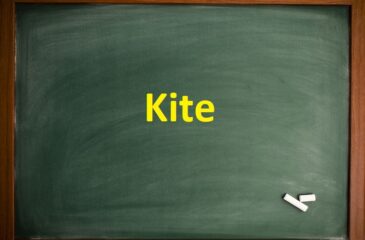
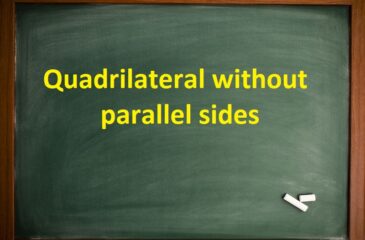



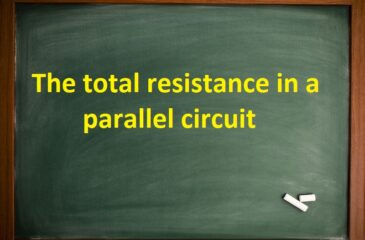



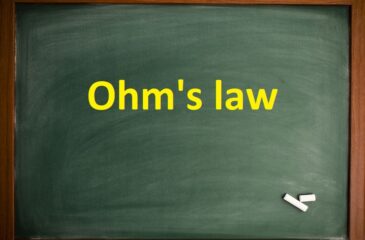
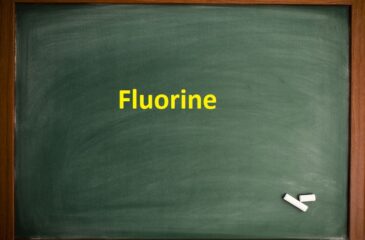

 Please wait...
Please wait...
